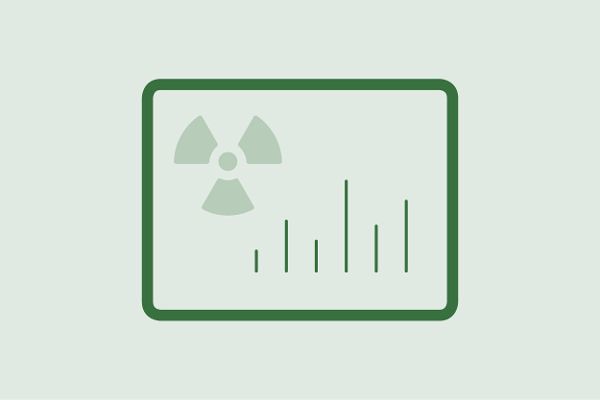Small Modular Reactors

Shouldn't these small modular reactors be called "Small Marketing Reactors"? - So far, there are only glossy brochures!
There are countless different concepts and developments for small modular reactors (SMRs) worldwide. Most of them are in an early stage of development, and their market prospects are currently unclear. Numerous issues and aspects remain unresolved. This is also demonstrated by an analysis of various SMR concepts commissioned by the Federal Ministry.
Many countries – including neighboring countries of Austria – want to address the climate and energy crisis with nuclear energy and believe that small, serially produced SMRs will bring about a breakthrough. Industry and the financial market are creating a hype, which is why funding is currently being sought for various concepts and business ideas – many of which are still in the development phase. According to very ambitious plans, SMRs are expected to be operational as early as the early 2030s. Various reasons cast doubt on the actual feasibility within the stated timeframe, and the safety and benefits of SMRs in general appear critical.
10 reasons why SMR should be viewed critically:
Due to the relative novelty of SMRs, there is virtually no experience to date. This poses potential safety risks. Plans announced by developers, for example, envisage that SMRs could also be built and operated by companies from entirely different industries, which raises questions about the required expertise in the fields of nuclear energy and radiation protection.
Industry is calling for simplified approval procedures through a standardized and simplified type approval. Regulators, however, point to the need for testing. Pressure from industry and government for faster approval procedures is increasing.
It is also unclear how the inspection and verification of manufacturing sites could be carried out. In any case, the same safety requirements for SMRs are needed as for large nuclear power plants.
Currently available plans for SMRs show fundamental disadvantages compared to large-scale plants in terms of protection against malicious acts from inside and outside the plant as well as in the upstream manufacturing industry.
SMRs are intended for series production and are therefore not designed for specific locations. For this reason, there are significant concerns regarding a completely location-independent type approval without significant further review by approval authorities and for specific locations. In any case, appropriate suitability for a specific location would have to be demonstrated.
Current concepts of SMRs indicate fundamental disadvantages compared to large-scale facilities regarding the proliferation of nuclear weapons-grade materials and technologies, for example due to higher enrichment of fissile materials.
It can be assumed that the amount of radioactive waste and spent fuel – in relation to the output – will not be reduced, but will actually increase.
It remains to be seen to what extent cost savings can be achieved through modular, standardized, and serial production of SMRs at centralized industrial sites. It is unlikely that the structural cost disadvantage of low-power reactors can be offset by learning effects and high volume production.
Global and complex supply chains for the serial production and operation of SMRs create a high potential for dependency and also require a stable political, legal, and financial environment. Significant investments would also be required before the start of serial production of SMRs.
The establishment of an SMR manufacturing industry also leads to lock-in effects due to the commitment to one or a few SMR types.
In addition, there is a high demand for qualified workers at the sites where the modules are to be prefabricated. The supply chains for individual components, services, etc., would first have to be established. Based on the installed generation capacity, SMRs require a higher level of qualified personnel and safety-relevant systems.
Renewable energy sources and nuclear energy are only partially compatible due to their different energy generation profiles. When a large amount of electricity is being generated from renewable energy sources, the power output of an SMR fleet would have to be throttled to avoid overloading the power grid. Since SMRs can only recoup their high investment costs with high utilization, combining the two technologies is not economically viable.